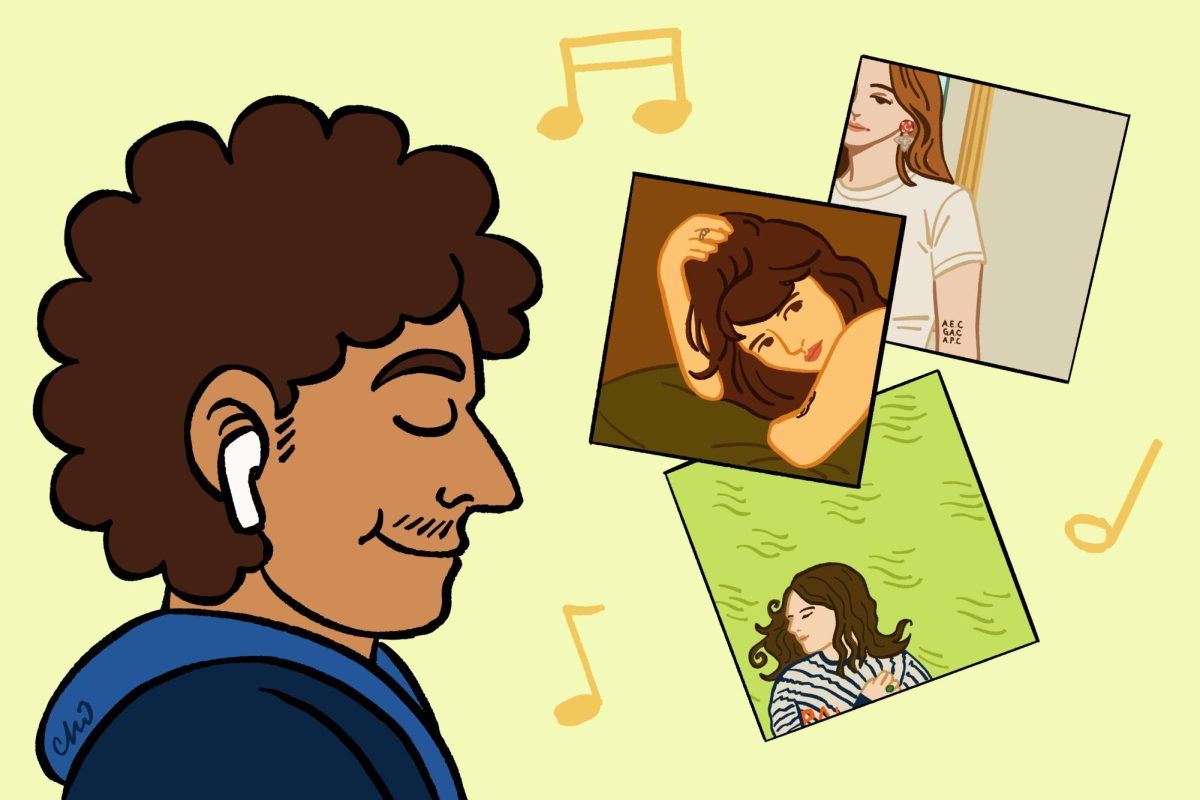The Broadway on-tour musical production of “Beauty and the Beast” in Rudder Auditorium was a stark difference from the 1991 animated Disney version from my childhood.
What I couldn’t see past, and what I found distracting until the second half of the play after the intermission, were the adjustments made from the screen version to the stage production. There were musical numbers thrown into scenes that were foreign to those familiar with the story, including a ballad sung by the Beast lamenting his misfortunes that bored me to tears. The attempts at humor were poor, and the choreography seemed elementary for Broadway.
Still, when it came to the most prominent parts of the story, the play stuck true to most of the movie, maintaining the narration in the opening sequence of the Beast’s backstory and including the same music, color schemes, script and, on some occasions, even voice inflections from the actors throughout the production.
An element successfully more visible in the stage production was the effect the Prince’s curse had on his staff — Lumiere, Mrs. Potts and Cogsworth, to name a few. There was more dialogue among these characters expressing hope and the desire to be human again.
The movie characters resemble mostly what they’ve been cursed into — candelabra, clock and teapot respectively. They’re less transformed when the animation is stripped away. The actor portraying Lumiere was dressed in standard 18th century French garb with wicks on his head and hands, sporting a terrible french accent. The character of Cogsworth notices about one-third through the play that the winder of a clock has sprouted on his upper back as proof that with every day the Beast goes without love, the curse grows stronger, and he turns more and more into a clock.
The character of Belle was the living incarnation of her movie equivalent, from her calf-length blue dress to her singing voice and her smile. Gaston, Lefou and Maurice were all up to par, as was the endearing bickering relationship between Lumiere and Cogsworth. The only character interpretation I could not come to terms with was that of the Beast.
I understand the unique and, in some cases, necessary task an actor takes on when they are assigned a character to portray — to not simply imitate but to reinvent using the basic framework of the character. But this is not a reinvention I liked at all. The Beast acted silly, stomping and falling around the stage like a child trying to coax Belle out for dinner. While it could have been an attempt to reveal how far behind the Beast was in personal growth, it came off as ridiculous and distracting.
Unlike in the movie, the actor who portrayed the Beast also took on an abrasive approach towards interactions with Belle. He would screech his demands into her ear, like in the movie, but would use physical contact to carry out his demands, at one point putting both hands on either side of her face while yelling at her. This was before the Beast had even shown Belle a room in the castle to stay in. The character interpretation was uncomfortable at best.
Aside from the Beast’s character falling short of expectations, the most recognizable scenes panned out well in the play, especially “Be our Guest,” which was probably the most true to the story’s memory. There was a chorus of plates, forks and spoons as part of the number, complete with firecrackers and smoke effects.
All else faded away when the arguably most iconic scene shifted into sight. Belle and the Beast became a cascading swirl of blue and yellow across the stage, with fog rolling in and Mrs. Potts bellowing out the movie’s self-titled anthem. This was the highlight of the better half of the show, the one that stopped me from taking notes and brought tears to my eyes.
After some deliberation, I decided my love for the story of “Beauty and the Beast” stems more from nostalgia and the animated film than the actual talent in other interpretations of the fairytale. I don’t know if I would see the Broadway play again, but seeing the live-action reimagination of some of my favorite childhood characters just made me want to go home and relive the glory that is the original 1991 screen version.
Katie Canales is a journalism junior and Life and Arts editor for The Battalion.










